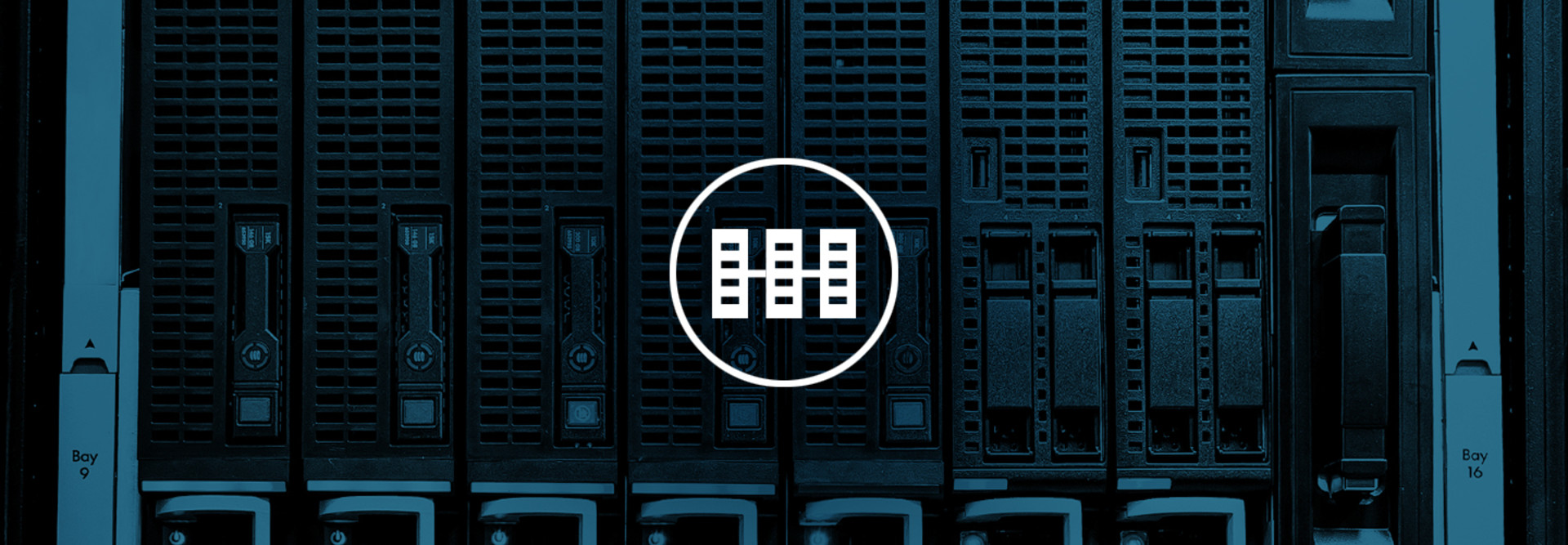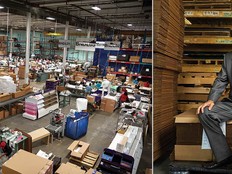How Hyperconvergence Helps Businesses in the Real World
When Preferred Display, which makes point-of-sale (POS) displays for retailers like Sephora and Macy’s, chose a Dell EMC VxRail system for its next-generation storage solution, it was not merely upgrading to a new system, it was opting for a whole new data center paradigm.
Hyperconverged appliances such as the VxRail combine compute, storage, software-defined networking and virtualization in one device from a single maker.
The value of hyperconverged infrastructure (HCI) “lies in the convenience of the appliance model combined with the simplicity of dealing with a single vendor,” says Steven Hill of 451 Research. “That can make administration and infrastructure growth much simpler for companies with limited IT staffing.”
HCI is rapidly going mainstream. Gartner predicts that the HCI market will grow from $2 billion to nearly $5 billion in less than three years.
Using a hyperconverged system resulted in instant savings on cooling and power, as the VxRail took up far less rack space in the data center, says Jay Noorman, IT director of Preferred Display.
It also provided a huge boost to legacy applications, he says, adding the VxRail appliance breathed new life into the New Jersey company’s flat-file enterprise resource planning system.
“It was written in Cobol, but VxRail probably increased performance of just that application alone by 35 to 40 percent,” Noorman says. “Windows that used to take 1 minute to pop up now appear in 5 seconds. It’s unbelievable.”
For more on Preferred Display and its data migration story, check out, “The 5 Most Common Mistakes Small Businesses Make with Data Migration.”









